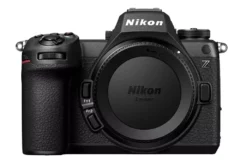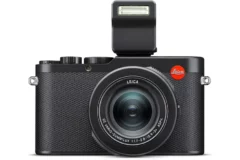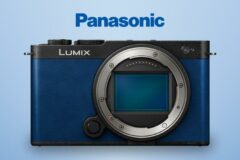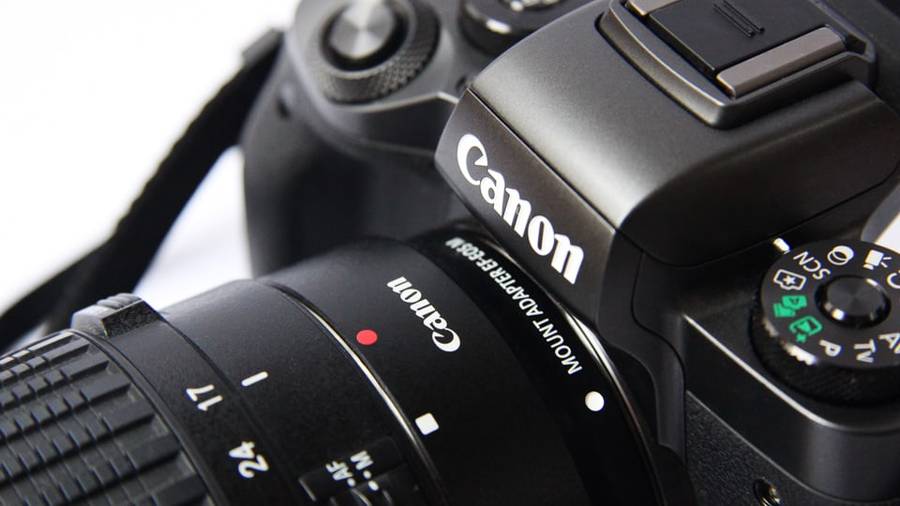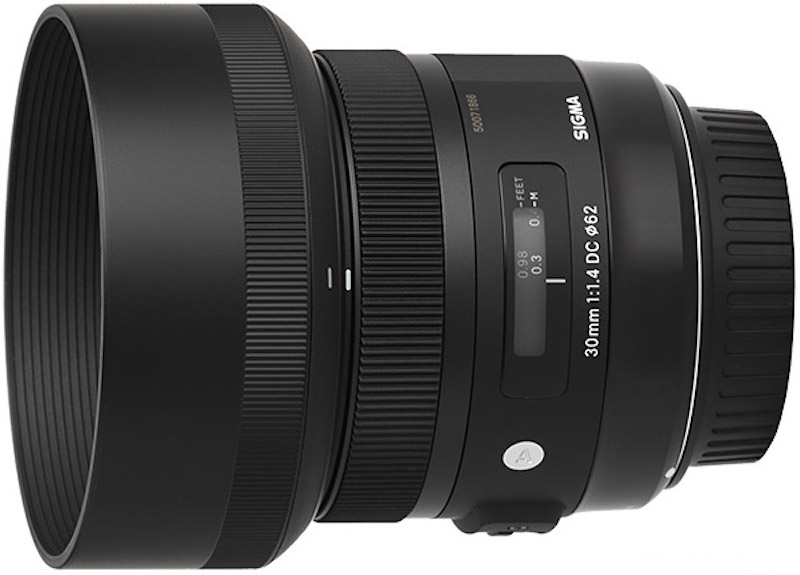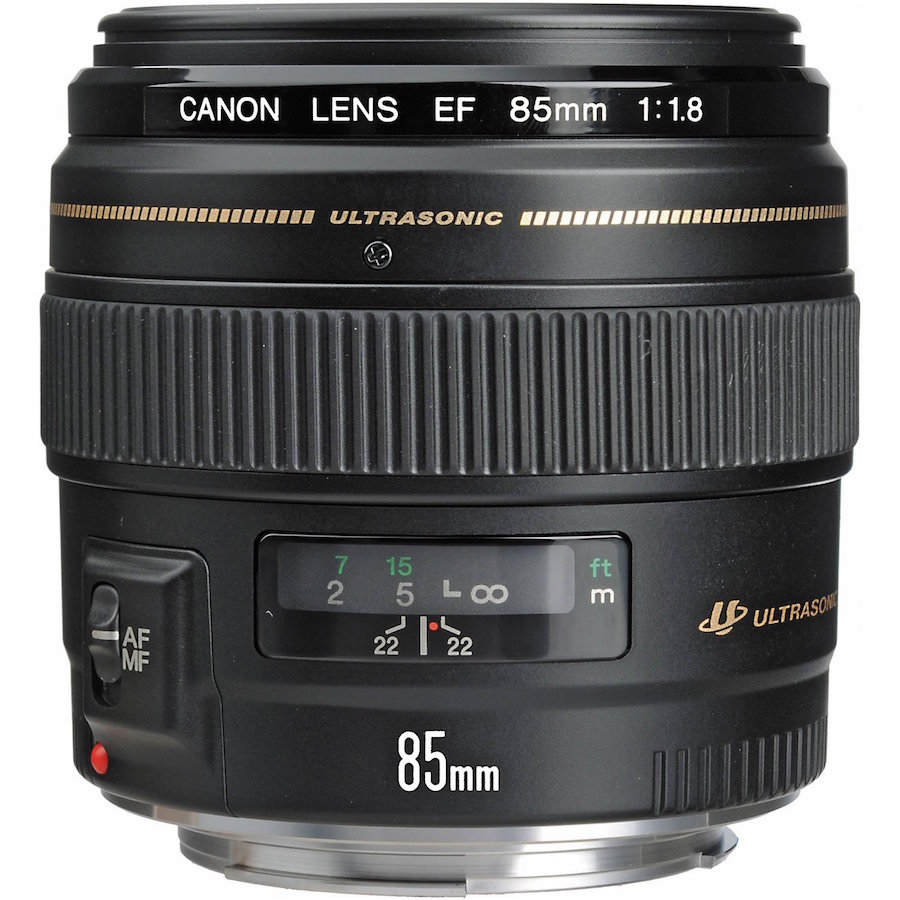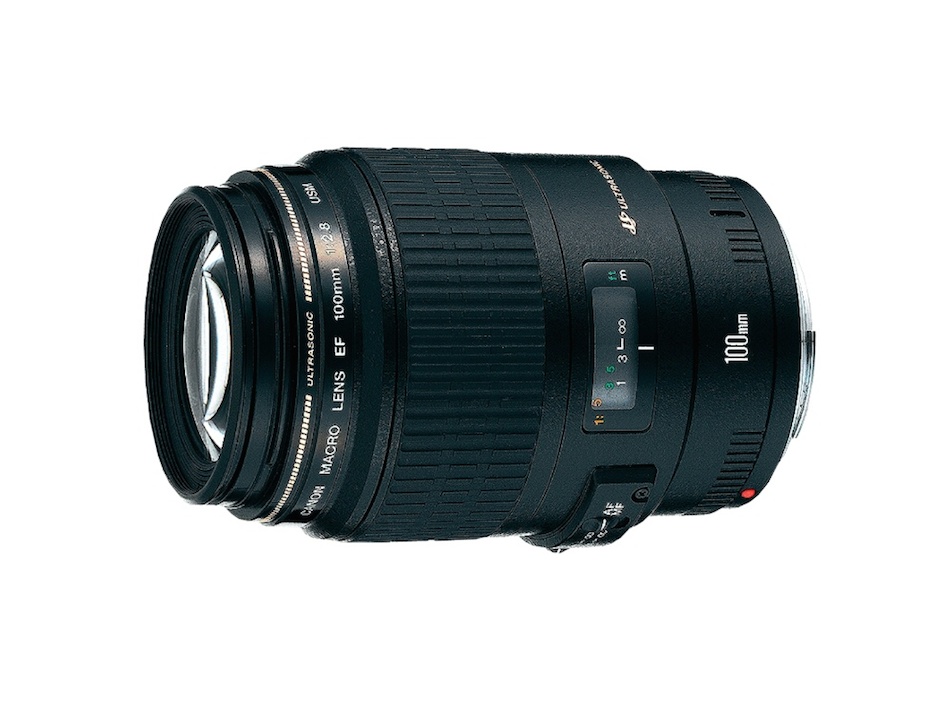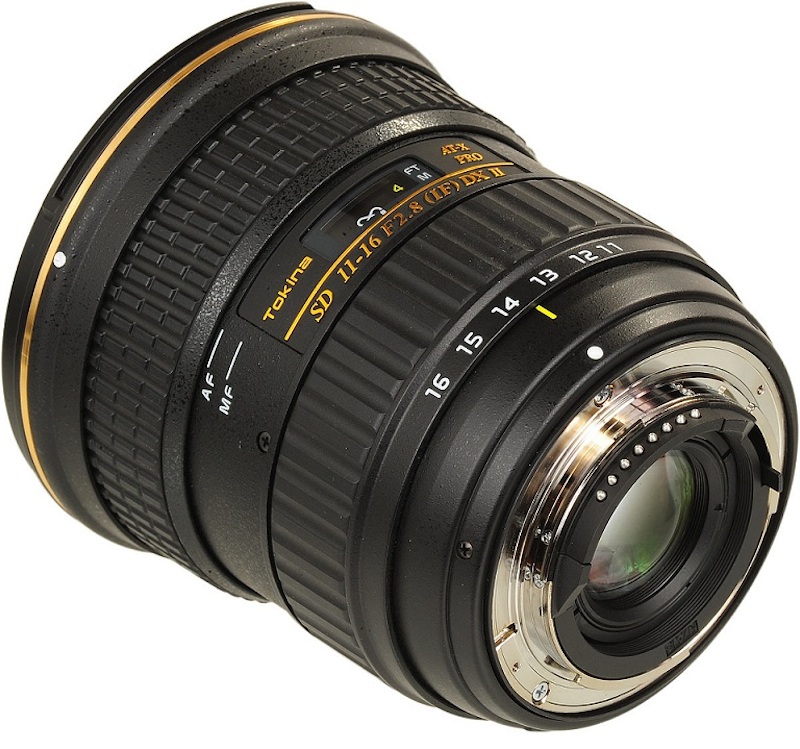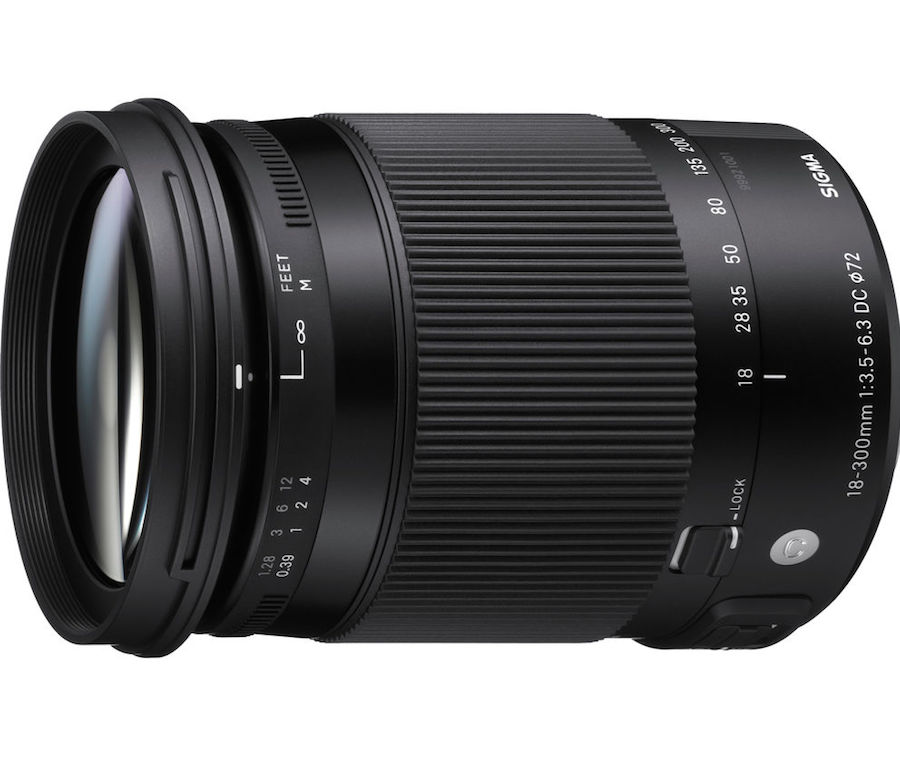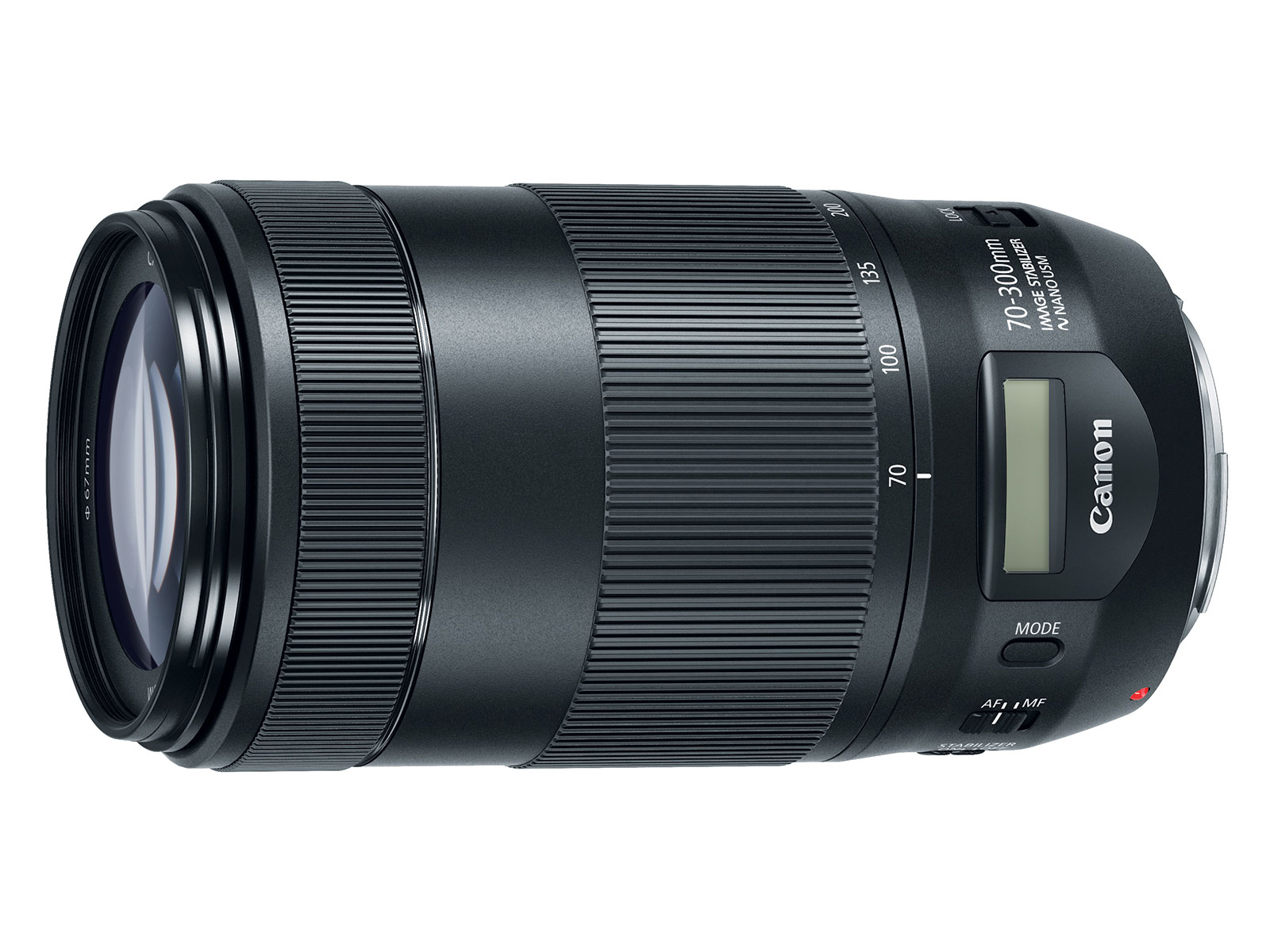Best Canon Lenses Under $600 in 2021
Here are the best lenses for Canon under $600. Looking for best lenses for your Canon DSLR camera, check out the best options within your budget.
You’ve got a lot of different lenses to choose from in this price range, but we’ve actually selected ones that cost between $300 and $600. It’s not important whether you are an APS-C or full frame user, the list of best Canon lenses under $600 includes a couple of Sigma and Tokina lenses, that’ll fit your needs.
Choosing the right lens is not always an easy task. Here we list the top best Canon lenses under $600 based on usefulness and high image quality, including leading prime and zoom options from wide-angle to telephoto.
Best Canon Prime Lenses Under $600:
Sigma 30mm f/1.4 DC HSM
Canon EF 85mm f/1.8 USM
Canon EF 100mm f/2.8 Macro USM
Tokina 11-16mm f/2.8 Pro DX II
Sigma 17-50mm f/2.8 EX DC OS HSM
Canon EF-S 18-135mm f/3.5-5.6 IS STM
Sigma 18-300mm f/3.5-6.3 DC OS HSM
Canon EF 70-200mm f/4L USM
Canon EF 70-300mm f/4-5.6 IS II USM
If you decide to buy anything after clicking on our Amazon links, you automatically support us. It’s what allows us to write guides such as this one and it does not cost you anything extra.
Best Canon Prime Lenses Under $600
1. Sigma 30mm f/1.4 DC HSM
The Sigma 30mm f/1.4 DC HSM is an extremely sharp lens with a big f/1.4 aperture, which makes it an ideal choice as a walk-around lens for portraits, events, indoor use any everyday stuff.
While you’ll rarely see any difference between f/1.4 and f/1.8, you’ll definitely appreciate the f/1.4 if you often shoot in really dark places or want to achieve super shallow depth of field. The extra third-stop also allows you to use slightly faster shutter speeds at night and it can make a difference when photographing moving subjects.
The DC in its name states that it can only be mounted on an APS-C camera where its field of view becomes equivalent to a 50mm lens. As we mentioned above, this is the best length for everyday casual photography where you never know what you’re going to capture. It’s not too wide or too long, but can easily become whatever you want just by taking a few steps forwards or backwards. This is why standard range lenses are so useful.
You might be tempted between this one and the Canon EF 50mm f/1.8. The Sigma costs quite a lot more, but you get a slightly bigger aperture, much better results at f/1.8 (less chromatic aberration and more contrast) and a noticeably wider view. It’s up to you to decide which one you need the most, but if you spend a lot of time shooting indoors/at night then the extra aperture stop can make a big difference, especially if you’re trying to freeze motion. Be careful about the depth of field though, as at at f/1.4 you’ll have to be very precise with focusing!
Many people have both 30mm and 50mm primes, so if your budget allows you this is also a good way to go.
You can buy it at Amazon.
2. Canon EF 85mm f/1.8 USM
The Canon EF 85mm f/1.8 USM has a focal length that most people consider to be the sweet spot for portraits, and it’s true. You’re not getting any distortion as it’s not too wide, yet you’re not too far away from your subject that you couldn’t communicate normally.
Such a long (short for a telephoto though) length easily throws the background out of focus, and when you combine it with the aperture f/1.8 and 85mm’s great looking bokeh, you’ve got a portrait winner.
What’s special about the Canon 85mm?
It’s sharp and optically superb so if you’re looking for a lens to really take your shots to the next level, this is one of those. Bokeh also looks beautiful and quite often the background is just as important as the subject, so you’ll want smooth, creamy bokeh that doesn’t steal any attention.
Auto focus is fast and accurate thanks to its Ultra Sonic Motor (USM). For both outdoors and indoors it’s fantastic and it rarely hunts in low light situations.
It’s light, compact and feels very well designed, far from cheap.
The 85mm focal length is great on both FF and APS-C cameras. You can take pictures of your subject without being extremely close. Besides weddings and portraits, this makes it a good choice for smaller indoor sports, animal portraits, concerts and much more. Because the focal length is so long, you’re even going to get a shallow depth of field when shooting at smaller apertures.
There’s also an f/1.2 version but it costs four times as much and doesn’t focus anywhere as fast due to its big elements that move slowly. This puts the 85mm f/1.8 on top as for the price, you won’t get anything better.
You can buy it at Amazon.
3. Canon EF 100mm f/2.8 Macro USM
Whether you’re into macro photography or just want a sharp telephoto lens, the Canon EF 100mm f/2.8 Macro USM is fantastic.
Macro lenses have a 1:1 ratio, meaning every object you shoot appears as big as it is in real life. Because of this, they’re the best choice for product, bug or detail photography. Simply put, if you want to “magnify” anything little then a macro lens allows you to do that.
It doesn’t have to stop there though, plenty of photographers use them for sports, weddings and portraits. The 100mm is very sharp and perfectly usable at f/2.8; in fact, the image quality does not differ that much from the more expensive 100mm L version. Colors, contrast and bokeh all look beautiful and there’s also rarely any visible vignetting at f/2.8
USM focusing is also very quick and silent, two very important factors for bug photographers. If the subject moves, you want the lens to lock focus quickly, and you definitely don’t your gear to be making lots of noise while doing that.
It’s not too big or heavy, takes 58mm filters that are very cheap and doesn’t extend while focusing. The minimum focusing distance is 12″ (30cm) and combined with 1x magnification, you’re going to be able to get some amazing shots.
You can buy it at Amazon.
Best Canon Zoom Lenses Under $600
1. Tokina 11-16mm f/2.8 Pro DX II
The Tokina 11-16mm f/2.8 gives you a wide field of view combined with a big f/2.8 aperture.
Despite this, it’s still very affordable and feels very solid in hands. If you’re looking for a wideangle lens you should also check out the cheaper Canon EF-S 10-18mm, but it all comes down to what you need.
If you’re into astrophotography, indoor shots and clubs, or just know you need f/2.8, Tokina provides 2 extra stops of light compared to the Canon’s wide angle. Outdoor photographers that shoot landscape or architecture don’t really need f/2.8 because in order to achieve a small depth of field, one needs to shoot at f/5.6 – f/16.
Optically, the Tokina shows more flare and chromatic aberration can easily be spotted at f/2.8 and 11mm, so you’ll have to fix that in post process. It used to compete with Canon’s 10-22mm and was more affordable, but with the new 10-18mm, its only advantage is better build design and the bigger aperture at all focal lengths (2 stops at 16mm).
You can buy it at Amazon.
2. Sigma 17-50mm f/2.8 EX DC OS HSM
If you’d like to replace your 18-55mm or just want something in the similar range but with 2-3 stops bigger aperture, the Sigma 17-50mm f/2.8 EX DC OS HSM is excellent.
Image quality is very good and it’s incredible to think that you can get it for so cheap. At f/2.8 images look usable and can easily be compared to slightly more expensive zooms, but this is also the reason why there isn’t much zoom available on the 17-50mm. However, if you enjoy what the current kit lens offers and often use it for outdoor walks, casual stuff, traveling, the Sigma will also allow you to shoot indoors with faster shutter speeds!
For portraits, being able to shoot at f/2.8 means your background will look more blurred and that’s what makes your subject stand out so much. There’s a newer, 17-70mm f/2.8-4 version out that costs more, but we feel like the fixed aperture at this price is a much better deal. Plus, there are’t any noticeable differences in the quality and flaws such as aberration and vignetting.
When shooting with slow shutter speeds, blur is your number one enemy. Luckily you get Image Stabilization that works up to 4 stops so you can expect sharp shots when shooting static subjects when there isn’t a lot of light, or you’re simply not stable enough. Focusing is quick and silent thanks to the Hyper Sonic Motor, but you will most definitely come across some hunting every now and then. If you’re buying it to strictly shooting sports then you should most definitely check out our other recommended lenses on this list. Unfortunately there’s also no FTM for focusing manually when the AF button is still on and sometimes that 1 second you save by not having to switch the button is important in photography.
You can buy it at Amazon.
3. Canon EF-S 18-135mm f/3.5-5.6 IS STM
If you’ve got a Canon Rebel, chances are you already own the Canon EF-S 18-135mm IS STM since it’s a very popular kit lens.
Got the 18-55mm and don’t know whether this one is worth it? Well, if you like the length your current kit provides you but often need something longer instead of wider, then the extra 80mm will make a big difference. While 55mm on APS-C is just enough for subjects that are a bit far away, going all the way to 135mm allows you to shoot outdoor events, portraits, sports and races without distracting anyone.
While it can’t zoom as much as the Sigma below it’s got better contrast, colors and sharpness. You won’t notice these if you print small, but for cropping or larger prints it’ll be better.
Also, the STM technology makes it a much better candidate for videos with audio captured directly from the camera without the use of an external microphone, as it’s quiet and smooth.
You can buy it at Amazon.
4. Sigma 18-300mm f/3.5-6.3 DC OS HSM
Announced in 2014, the Sigma 18-300mm f/3.5-6.3 DC OS HSM is a result of Sigma’s years of experience in the superzoom department.
It features four FLD elements and super multi-layer coating to reduce the amount of flare and ghosting, the two main factors that degrade image quality (common issues with long zooms because of the amount of glass elements used).
Plus, it’s got Optical Stabilization which is helpful once you go over 200mm, or are shooting in dim light. Whether you’re traveling to India for a month or just want a lens that covers it all and delivers good results, you’ll love it. If you want extra 2mm on the wide end, the Tamron 16-300mm f/3.5-6.3 is another, slightly more expensive lens.
Compared to the 18-135mm above, it does look a little bit softer in the center and much more in the corners. For strictly sharing your shots online or printing relatively small, you won’t notice much difference. Simply said, if capturing the moment is more important than the overall quality then Sigma wins. Not to mention you get an extra 175mm length which on an APS-C camera results in an 29-480mm lens. This makes it very good for outdoor sports and wildlife but you will definitely have to raise the ISO a little bit in order to capture movement, since f/6.3 isn’t that big.
You can buy it at Amazon.
5. Canon EF 70-200mm f/4L USM
This is our one and only L lens on this list, the Canon EF 70-200mm f/4L USM.
There are 4 versions of 70-200mm and as you may have guessed it, this one is the cheapest. The more expensive choices are f/4 with IS, f/2.8 with IS and f/2.8 without it. The difference between each IS and non-IS version is around $600, enough to get 2-3 cheaper lenses.
Because of its price and range, lots of people either go with this one or the 70-300mm. By losing 100mm on the telephoto end, you get improved sharpness and contrast with a fixed f/4 at all lengths (in comparison, the 70-300mm already stops down to f/5.6 when at 200mm).
On top of that, build quality is on a different level but it’s not weather sealed either. It just a tad heavier than the 70-300mm.
If you can’t decide which one to go with, the 70-300mm wins in the Image Stabilization and overall reach department, but if you don’t care about going over 200mm and prefer better quality with constant f/4, you’ll prefer the L lens. For birds, wildlife and mainly outdoor use, the 70-300mm wins.
You can buy it at Amazon.
6. Canon EF 70-300mm f/4-5.6 IS II USM
The Canon EF 70-300mm f/4-5.6 IS II USM is the latest Canon budget telephoto that fits on APS-C and FF cameras.
It replaces the 70-300mm f/4-5.6 IS USM released in 2005. Optically, it’s more usable from 250 to 300mm, shows less chromatic aberration and more contrast.
Image Stabilization is 1 stop better (4 stops) and it features a Nano USM motor for focusing. It’s silent, quick and more accurate than the 55-250mm. It also looks cooler and has an LCD display that displays information such as focal length (also when on an APS-C sensor), aperture and more. Not really that useful, but can’t complain.
It costs $100 more than the first version, and $250 more than the 55-250mm. It might be a tough decision to pick one, but if you’ve got a FF sensor and don’t want to spend much, the 70-300mm II is a great option. For APS-C users, the image quality is more or less identical to the 55-250mm and the biggest difference is the AF speed and of course the extra 50mm. For birds and really far animals, this will make a difference, but it’s up to you to decide.
You can buy it at Amazon.
